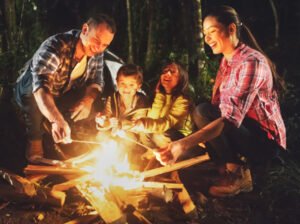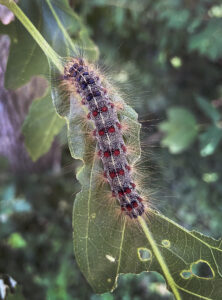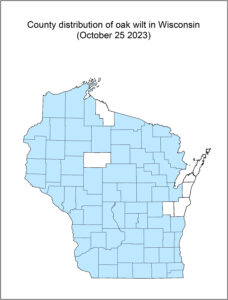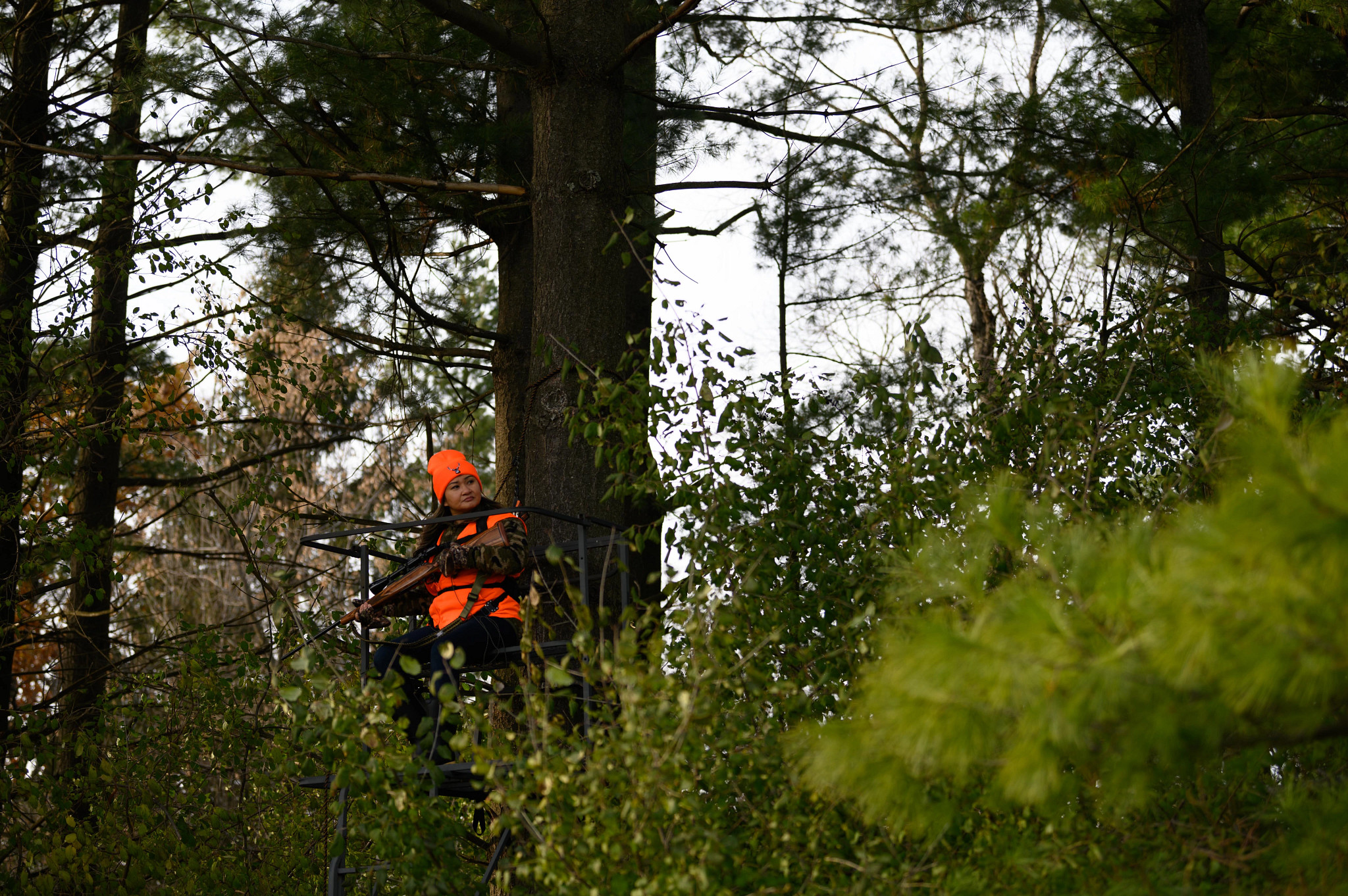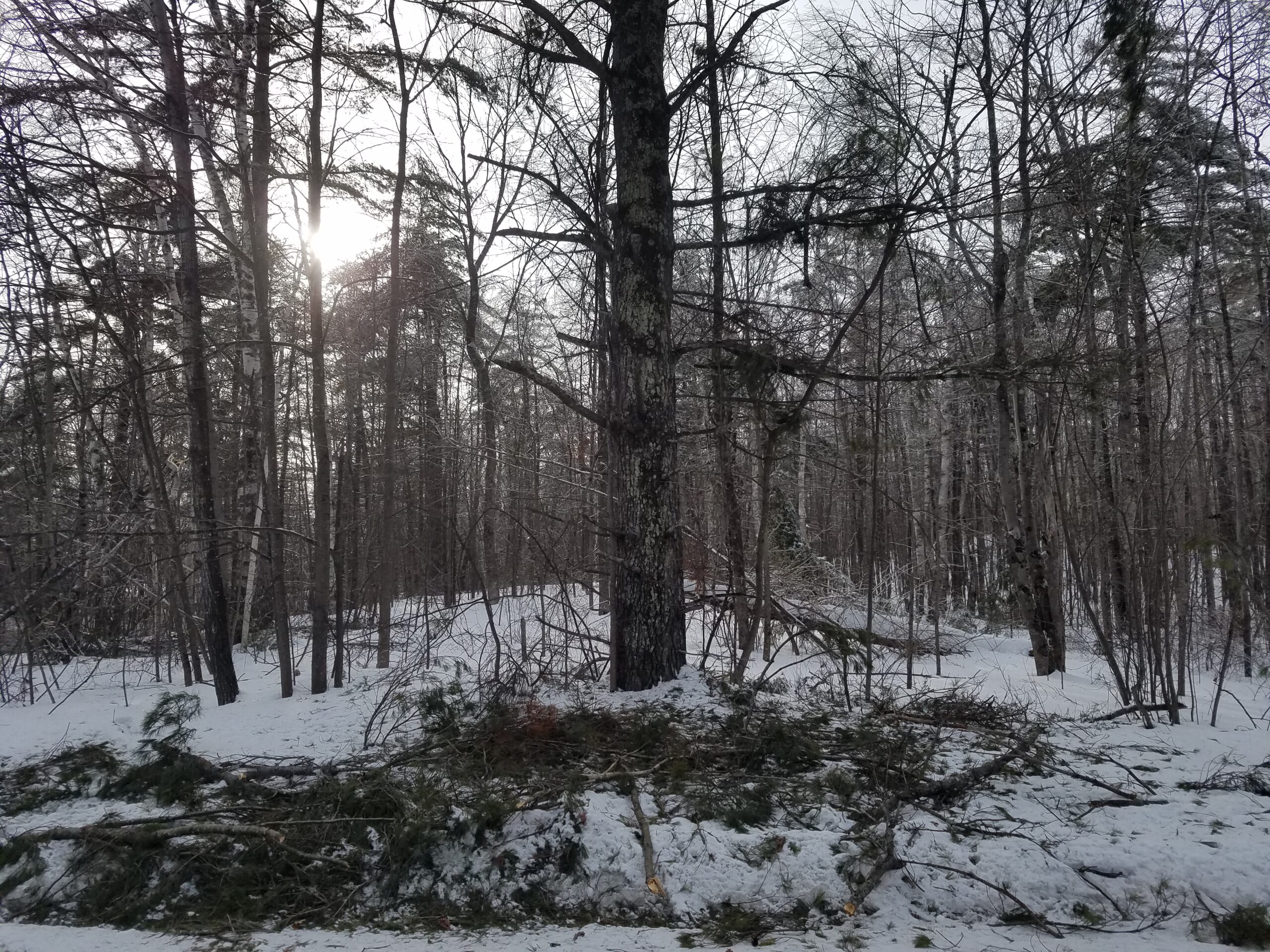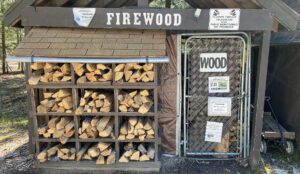
A stand at Potawatomi State Park offers local firewood for sale to campers. / Photo Credit: Wisconsin DNR
By Wisconsin DNR
With the onset of autumn, many Wisconsinites have been making plans to stock up on firewood for the winter.
With that in mind, the Wisconsin Department of Natural Resources (DNR) is reminding residents and visitors about the year-round importance of obtaining firewood from local sources — whether it’s to heat your home in the winter or build a campfire in the summer.
The message is important enough that October has been designated National Firewood Month, and the DNR offers a webpage to explain firewood regulations, best practices and the reasons behind those guidelines.
Continue reading “Keep It Local When Stocking Up On Firewood For Winter”

